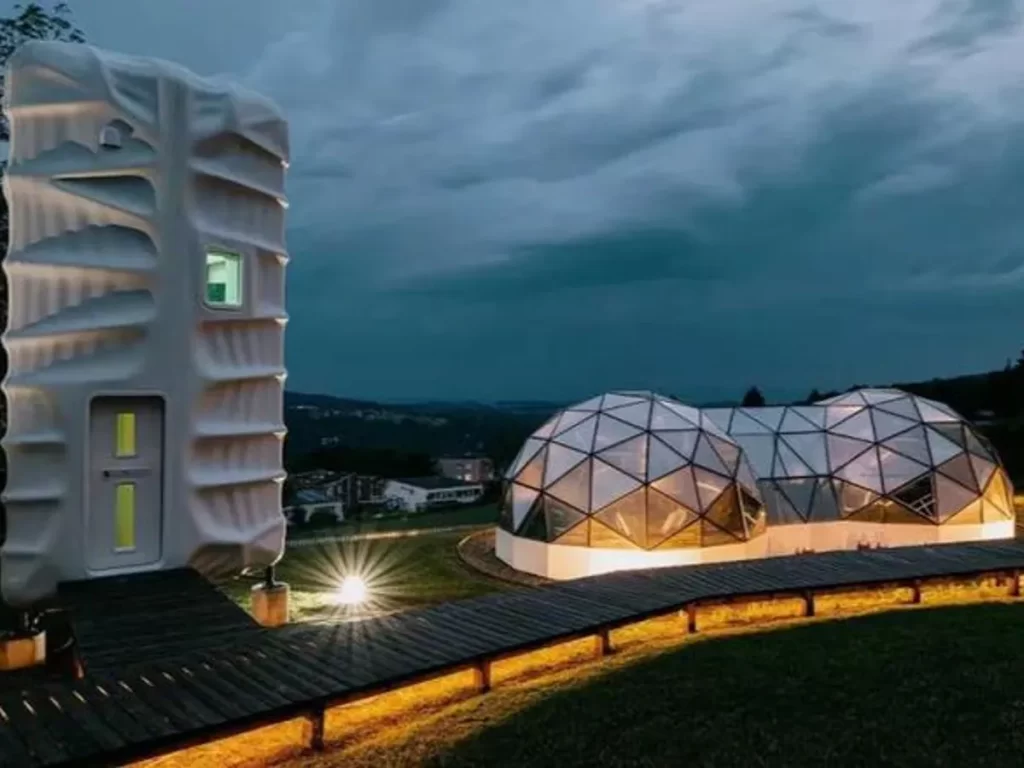
SpaceX's Starship Inspires 3D Printed Space Habitat; To Serve As Outer Space Research Lab
A group of students between ages six and 18 have developed a complete 3D print space habitat that can fit in a Starship rocket developed by SpaceX. This habitat is a polymer structure measuring 23 feet or seven meters and launched by the AUF DEM Rosenberg Institute based in Switzerland in collaboration with the Danish Saga Space Architects architecture firm.
“Our goal is to give future leaders of the initial presentation of questions about the exploration of sophisticated space, allowing our students to approach and solve questions of this complex from a collaborative and holistic perspective”, Bernhard Gademann, Director General of Rosenberg said in an official “Strength.
How does room habitat help?
Named the Rosenberg Space Habitat (RSH), this is the highest 3D printed polymer structure in the world and has been built to function as an experimental laboratory for students. This habitat will be used as a research site for students to learn about the fundamental conditions and architectural design that humans need to develop on earth and space and expand the reach of humanity outside our planet.
This habitat was developed under a collaboration that lasted two years and used a polymer that gave more flexibility than the concrete used in most 3D print structures. According to Rosenberg, the structure is as high as three floors and can accommodate the crew of two people while allowing research in in -depth learning modules that activate creative problem solving.
From the three, the first floor is dedicated to cleanliness, lab research, and workshop facilities to use robots from other partners, the second floor will support work activities, recreation, and entertainment while the third is intended for privacy and rest.
“This is a good example of how to work with space encourages the boundaries of technology and architecture on earth as well, because this is the highest 3D printed 3D ‘house’ in the world,” Sebastian Frederiksen, founder of the Saga Space said the architect in the statement. “This is only the beginning of habitat, and now research and education begins. Hopefully, we will learn a lot about living on the moon,” he added.








